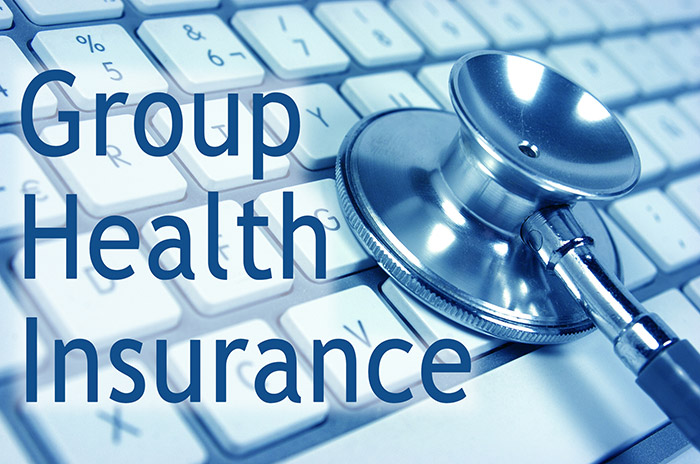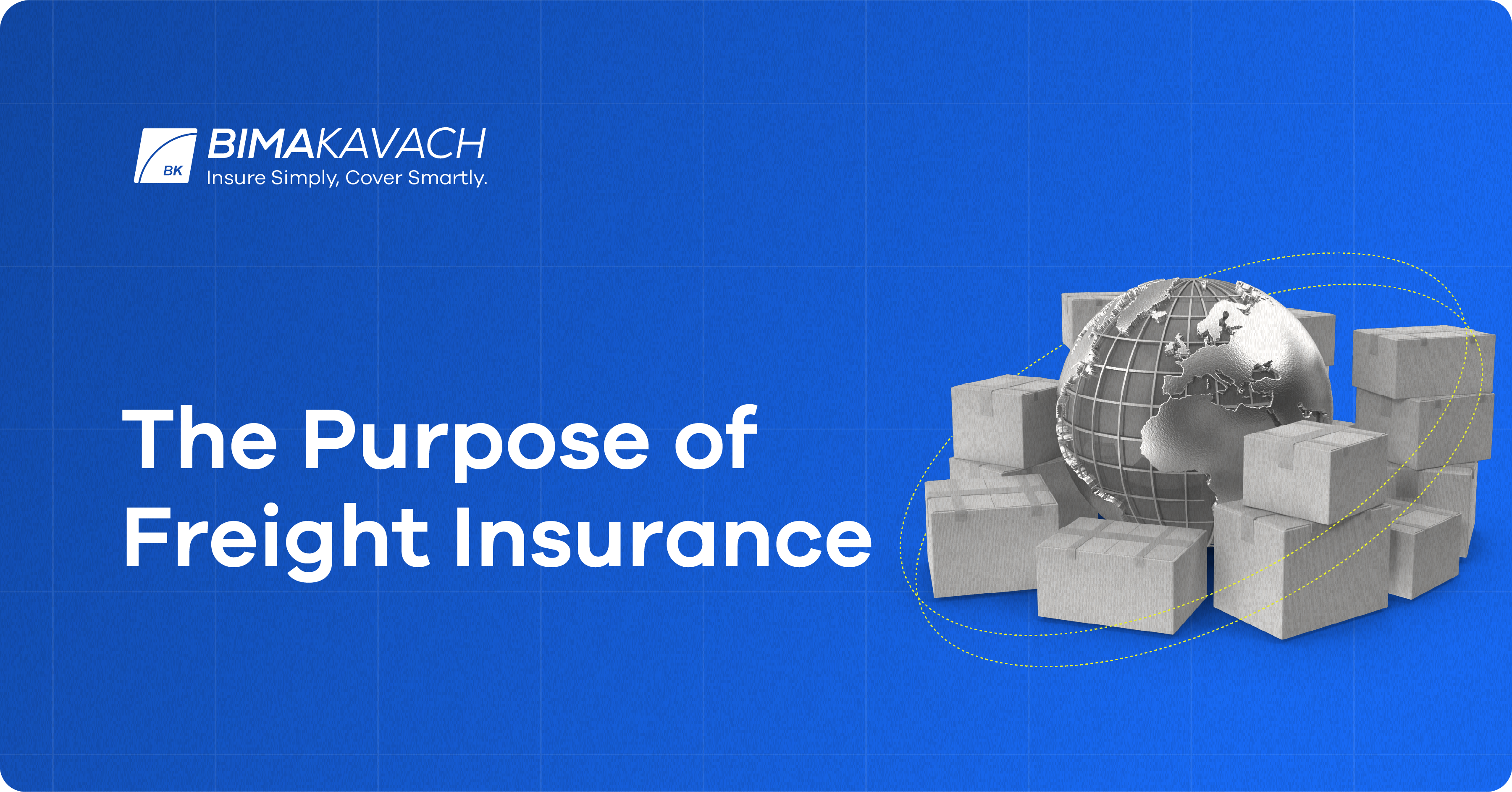How Pacific Prime can Save You Time, Stress, and Money.
How Pacific Prime can Save You Time, Stress, and Money.
Blog Article
Not known Facts About Pacific Prime
Table of ContentsThe Main Principles Of Pacific Prime Fascination About Pacific PrimeThe 6-Second Trick For Pacific PrimePacific Prime Things To Know Before You Get ThisThe Ultimate Guide To Pacific Prime

This is since the data were gathered for a duration of strong economic efficiency. Of the estimated 42 million individuals that were without insurance, all but regarding 420,000 (about 1 percent) were under 65 years of age, the age at which most Americans end up being qualified for Medicare; 32 million were adults in between ages 18 and 65, around 19 percent of all adults in this age team; and 10 million were children under 18 years old, about 13.9 percent of all youngsters (Mills, 2000).
These estimates of the number of persons uninsured are produced from the yearly March Supplement to the Current Population Survey (CPS), conducted by the Demographics Bureau. Unless otherwise noted, nationwide quotes of individuals without health insurance coverage and percentages of the population with different type of insurance coverage are based on the CPS, the most extensively made use of source of estimates of insurance protection and uninsurance prices.
Some Known Questions About Pacific Prime.

Still, the CPS is specifically valuable due to the fact that it produces yearly price quotes reasonably promptly, reporting the previous year's insurance policy coverage estimates each September, and because it is the basis for a regular collection of estimates for greater than 20 years, permitting for evaluation of patterns in protection with time. For these reasons, as well as the comprehensive use the CPS in various other studies of insurance protection that exist in this report, we rely upon CPS estimates, with constraints noted.

The quote of the number of without insurance people increases when a populace's insurance coverage status is tracked for a number of years. Over a three-year period starting early in 1993, 72 million people, 29 percent of the U.S. https://myanimelist.net/profile/pacificpr1me. populace, lacked protection for at the very least one month. Within a solitary year (1994 ), 53 million people experienced a minimum of a month without insurance coverage (Bennefield, 1998a)
Six out of every 10 without insurance grownups are themselves utilized. Although functioning does improve the likelihood that and one's family members will have insurance policy, it is not a warranty. Also members of family members with two full-time breadwinner have virtually a one-in-ten possibility of being uninsured (9.1 percent without insurance rate) (Hoffman and Pohl, 2000).
Fascination About Pacific Prime
New immigrants account for a substantial proportion of individuals without health insurance coverage. One evaluation has associated a why not try here significant part of the current development in the size of the united state without insurance populace to immigrants who got here in the nation in between 1994 and 1998 (Camarota and Edwards, 2000). Recent immigrants (those who involved the United States within the previous four years) do have a high rate of being without insurance (46 percent), however they and their youngsters account for just 6 percent of those without insurance policy across the country (Holahan et al., 2001).
The connection between wellness insurance policy and accessibility to care is well established, as recorded later in this chapter. Although the connection between medical insurance and health and wellness end results is neither straight neither straightforward, a substantial medical and health services research literature web links medical insurance coverage to enhanced access to care, much better high quality, and enhanced personal and population wellness condition.
Degrees of analysis for analyzing the results of uninsurance. This conversation of medical insurance coverage concentrates mainly on the U.S. population under age 65 because practically all Americans 65 and older have Medicare or other public protection. It concentrates particularly on those without any health insurance policy for any kind of size of time.
Get This Report on Pacific Prime
The issues dealt with by the underinsured are in some areas similar to those faced by the without insurance, although they are normally much less serious. global health insurance. Uninsurance and underinsurance, however, include clearly different policy issues, and the techniques for addressing them might differ. Throughout this research and the five reports to follow, the primary emphasis is on persons without health insurance and therefore no help in paying for wellness treatment beyond what is readily available through charity and safeguard establishments
Medical insurance is a powerful element affecting receipt of care since both individuals and doctors react to the out-of-pocket rate of solutions - https://www.domestika.org/en/pacificpr1me. Wellness insurance coverage, however, is neither necessary neither adequate to gain accessibility to clinical services. Nonetheless, the independent and straight result of medical insurance protection on accessibility to health solutions is well developed.
Others will acquire the healthcare they need also without health insurance coverage, by spending for it out of pocket or seeking it from carriers that offer care totally free or at very subsidized prices. For still others, medical insurance alone does not ensure receipt of treatment as a result of various other nonfinancial barriers, such as an absence of healthcare carriers in their neighborhood, minimal access to transport, illiteracy, or etymological and cultural distinctions.
A Biased View of Pacific Prime
Official research study regarding without insurance populaces in the USA dates to the late 1920s and early 1930s when the Board on the Expense of Healthcare generated a collection of reports about funding doctor workplace visits and hospitalizations. This concern became salient as the numbers of medically indigent climbed during the Great Anxiety.
Report this page